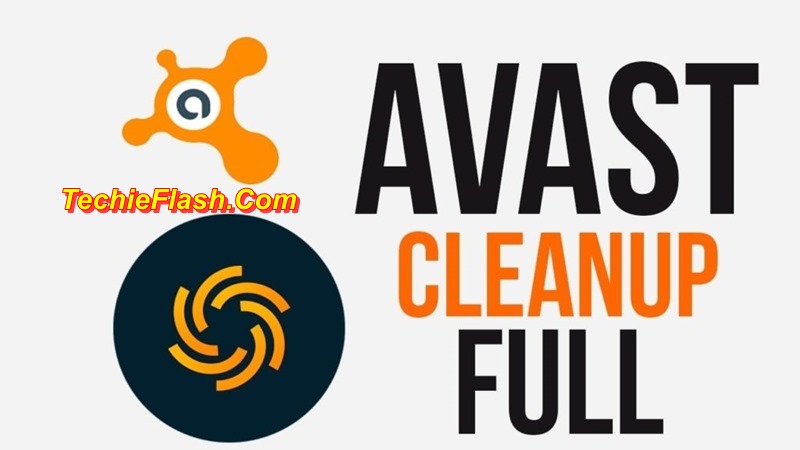

- #FREE AVAST ACTIVATION CODE AND HOW HOW TO#
- #FREE AVAST ACTIVATION CODE AND HOW CRACKED#
- #FREE AVAST ACTIVATION CODE AND HOW ARCHIVE#
- #FREE AVAST ACTIVATION CODE AND HOW FULL#
- #FREE AVAST ACTIVATION CODE AND HOW SOFTWARE#
#FREE AVAST ACTIVATION CODE AND HOW SOFTWARE#
Software (and files) should be downloaded from official pages and using direct download links. The same applies to opening downloaded from untrustworthy sources (like P2P networks, unofficial pages). Note that opening attachments and website links presented in irrelevant emails sent from unknown or suspicious email addresses can lead to computer infections.
#FREE AVAST ACTIVATION CODE AND HOW HOW TO#
How to protect yourself from ransomware infections? Combo Cleaner is owned and operated by Rcs Lt, the parent company of read more. To use full-featured product, you have to purchase a license for Combo Cleaner. Our security researchers recommend using Combo Cleaner. To eliminate possible malware infections, scan your computer with legitimate antivirus software. Additional password-stealing trojans and malware infections can be installed together with a ransomware infection. Infected email attachments (macros), torrent websites, malicious ads.Īll files are encrypted and cannot be opened without paying a ransom. Cyber criminals demand payment of a ransom (usually in bitcoins) to unlock your files. A ransom demand message is displayed on your desktop.
#FREE AVAST ACTIVATION CODE AND HOW FULL#
Threat Summary: NameĪvast (Win32:Phobos-D ), Combo Cleaner (Dropped.EA92258C), ESET-NOD32 (A Variant Of Win32/), Kaspersky (HEUR:), Microsoft (Ransom:Win32/Phobos.PM), Full List Of Detections ( VirusTotal)Ĭannot open files stored on your computer, previously functional files now have a different extension (for example, my.docx.locked).
#FREE AVAST ACTIVATION CODE AND HOW ARCHIVE#
Most commonly used files to distribute malicious software are JavaScript files, Microsoft Office, PDF, or other documents, executable files, and archive files (like ZIP, RAR) containing other malicious files. Examples of unreliable sources that they use to distribute malware (including ransomware) are Peer-to-Peer networks, unofficial (deceptive) pages, third-party downloaders, and free file hosting pages. In all cases, cybercriminals seek to trick users into downloading and executing malware by themselves. In other cases, threat actors use other unreliable sources for downloading software and files, Trojans, or fake updaters to distribute their malware.
#FREE AVAST ACTIVATION CODE AND HOW CRACKED#
The most popular ways to distribute ransomware are to send emails containing malicious attachments (or links) and hide malicious executables in cracked software download pages. More ransomware examples are Sijr, Bbnm, and Selena. The main differences between ransomware variants are the prices of decryption tools, cryptographic algorithms used to encrypt files, and extensions appended to filenames.

Ransomware is used to force victims to pay a ransom (usually in cryptocurrency) in return for a decryption tool. It is highly advisable to do that as soon as possible. This can be prevented by removing ransomware from the compromised computer. It is important to know that ransomware can encrypt files stored on a computer after the attack and infect computers connected to the same local network while it is active. Paying the attackers for data decryption is not recommended - a big part of victims who pay a ransom get scammed. In most cases, access to files encrypted by ransomware cannot be restored without tools purchased from the attackers unless a working third-party decryption tool is available on the Internet or a data backup is created. It also warns that attempts to rename files or decrypt them with third-party software may cause permanent data loss.

The ransom note in the "info.hta" file mentions that victims can get one file decrypted for free. They also state that all files are copied and will be sold on the dark web if victims do not pay a ransom. Screenshot of files encrypted by this ransomware:īoth ransom notes instruct victims to contact the attackers via the Tox client using the provided Tox ID. An example of how it renames files: it changes " 1.jpg" to " 1.jpg.id.GUCCI", " 2.png" to " 2.png.id.GUCCI", and so forth. GUCCI creates " info.txt" and " info.hta" files that contain ransom notes. GUCCI" extension (and the victim's ID) to filenames, and generates two ransom notes. GUCCI is ransomware that encrypts files, appends the ". It was found while analyzing malware samples submitted to VirusTotal. Our malware researchers have discovered a ransomware variant (belonging to the Phobos family) called GUCCI.


 0 kommentar(er)
0 kommentar(er)
